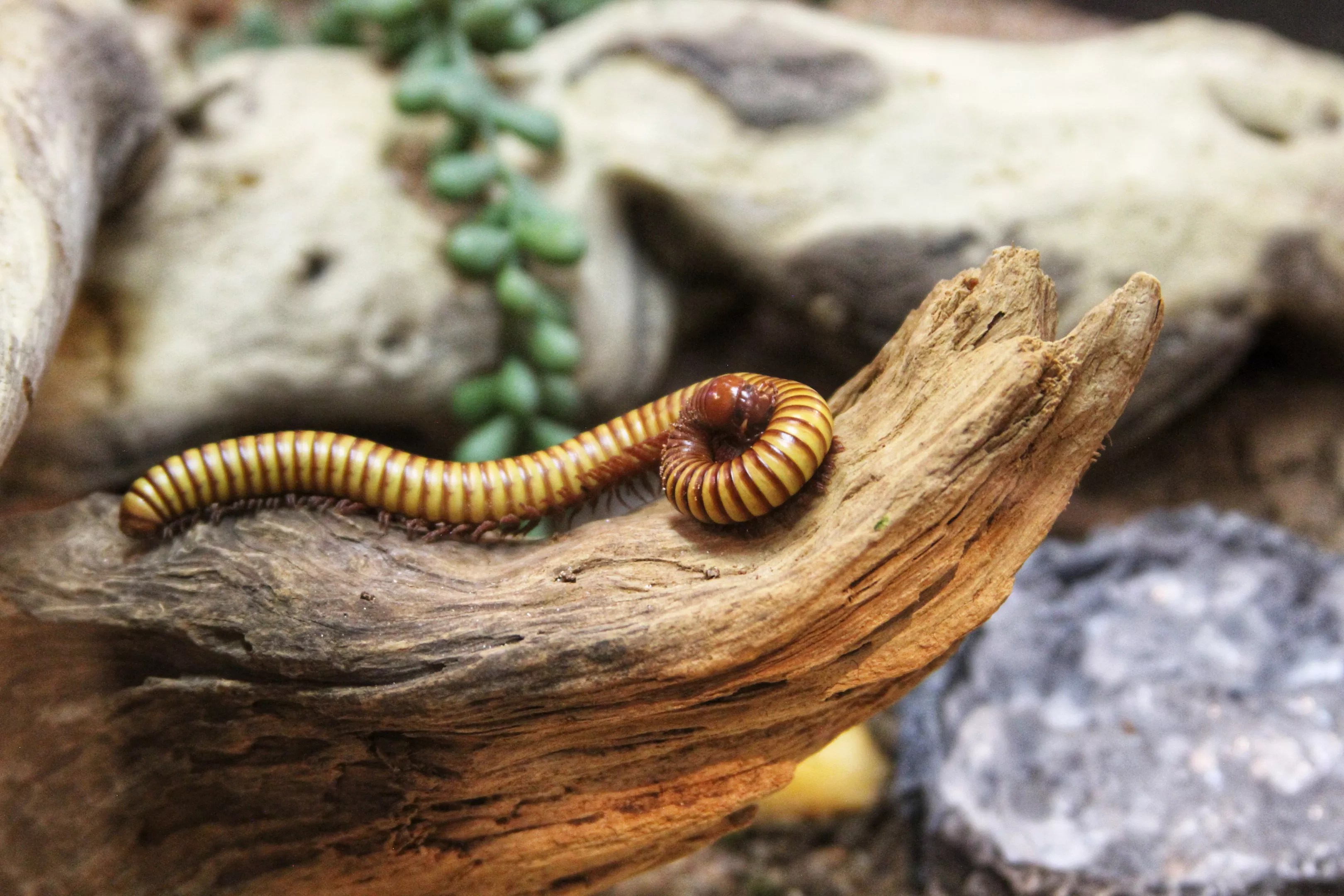
Butterfly Pavilion

Audio By Carbonatix
While almost everyone is delighted to encounter a butterfly, very few seek to encounter a scorpion (particularly when padding around barefoot). But they’re both invertebrates – animals without bones – which make up more than 95 percent of all species on Earth. Both species are plentiful in Mexico, and both can be admired at Westminster’s Butterfly Pavilion, the world’s first stand-alone Association of Zoos and Aquariums-accredited non-profit invertebrate zoo in the world.
Now celebrating its 30th anniversary, the Butterfly Pavilion was the passion project of Michael Weissmann, a self-described “bug geek” who earned a Ph.D. in Entomology from CSU before borrowing money from his parents to build his bug zoo.
While the Pavilion has canceled its ambitious plans to move to a new and much larger facility in Broomfield, it did just open a new exhibit at its original Westminster location. Legacies: Invertebrates of Mexico highlights invertebrates’ crucial role in the country’s ecosystem and culture, including their role in art, spirituality, medicine and cuisine.
“Animals without bones are really what we’re all about,” says Ivy Renner, the interpretation coordinator at the Butterfly Pavilion. “This new exhibit really focuses on invertebrates from Mexico, not only their scientific and amazing ecological contributions but their cultural contributions and how important they are to the region and the communities that live there.”
Denver, make your New Year’s Resolution Count!
We’re $13,000 away from reaching our $50,000 year-end fundraising goal. Your support could be what pushes us over the top. If our work has kept you informed and connected this year, please consider making a contribution today.
In Aztec mythology, the deity Quetzalcóatl turned himself into an ant, carrying corn to nourish the humans he had created. The butterfly (mariposa) is another symbol of transformation, emerging from its chrysalis.
“Monarch butterflies come back every November as a symbol of the dead returning to the land of the living,” says Renner. “Another one of the main storylines in our exhibit is going to be how delicious [invertebrates] are. These animals, and invertebrates in general, are consumed all over the world, but not as frequently in America. In Mexico, they have a much better relationship with animals like crickets and grasshoppers, and eating them as a sustainable food option. Leafcutter ants are commonly eaten there as well as a bunch of the marine animals.” (More familiar edible invertebrates include shrimp, oysters and lobster.)
“All of the species we’ll have on exhibit are obviously from Mexico, and we’re really excited,” says Cori Brant, the Pavilion’s entomology manager. She adds that the exhibit includes hairy scorpions and desert millipedes, which are very large and colorful.
“We’re going to have crickets, which are a common food for not only the animals that live in Mexico, but also for people, and they’re delicious. We’ll have some of our giant cave cockroaches, darkling beetles, Blue death-feigning beetles, and what we’re really excited about is the cochineal, which is a scale that is used in a lot of red dye that we use here in the U.S. and across the world. It’s a beautiful representation of all the animals,” Brant says.
The horticulture team at the Butterfly Pavilion worked to build the enclosures using plants that are native to Mexico, giving the display a diverse ecosystem ranging from desert and subtropical to forest and shrublands.

A giant aquatics tank houses urchins, sea stars, a baby slipper lobster and baby horseshoe crabs.
Butterfly Pavilion
Additionally, a giant aquatics tank houses urchins, sea stars, a baby slipper lobster and baby horseshoe crabs. “It’s a nice diversity of our land animals and our sea animals,” Brant says. “We can’t have butterflies within the exhibit because that exhibit is too small for them as well as being a USDA-permitted species, but visitors can go to Wings of the Tropics where you will be able to see butterflies from around the world.”
The Legacies exhibit is scheduled to run for at least a year.
The Butterfly Pavilion is located at 6252 West 104th Avenue in Westminster and is open daily from 9 a.m to 5 p.m., with last admission at 4:15 p.m. More details at butterflies.org.